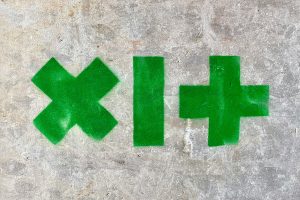About
The discovery of the hyperbolic plane in the 19th century was an eye opening moment in mathematics, and lead to new perspectives in geometry and analysis, but also to the development of topology. Ever since, it has remained an object of extraordinary fascination, and through mathematical popularization, the work of math historians and artists such as Escher, it has become one of the rare sophisticated geometric objects to be known outside the world of mathematics. Hilbert famously proved that it could not be “smoothly” embedded – or even immersed – isometrically into Euclidean space, which probably added to its reputation as being abstract and mysterious, at least for the general public, as this is sometimes translated as “it cannot be seen” in Euclidean space. More generally, hyperbolic surfaces (that is surfaces that locally look like the hyperbolic plane) play a ubiquitous role in mathematics, providing links between radically different areas of study such as number theory, dynamics, and geometric topology. Associated to these surfaces are moduli spaces, which encode all possible geometries a given topological surface can have. McShane type identities are collections of equalities involving lengths of geodesics, and were famously used by Mirzakhani to compute volumes of moduli spaces. In this project, we aim to further the understanding of hyperbolic surfaces in two main directions, both on the common theme of visualization. The first is to obtain the first visualization of an isometric copy of the hyperbolic plane in Euclidean space, the existence of which was famously proved by Nash and Kuiper in the 1950s. The second is to provide visualizations of the McShane-Mirzkahani identities by exhibiting imagery of the associated fractal decomposition of the boundary of a hyperbolic surface.
Organisation and Partners
- Department of Mathematics
- Faculty of Science, Technology and Medicine (FSTM)
Project team
-
Hugo PARLIER
-
Mélanie THEILLIERE
Keywords
- Visualization
- The hyperbolic plane
- Surfaces
- Hilbert’s theorem
